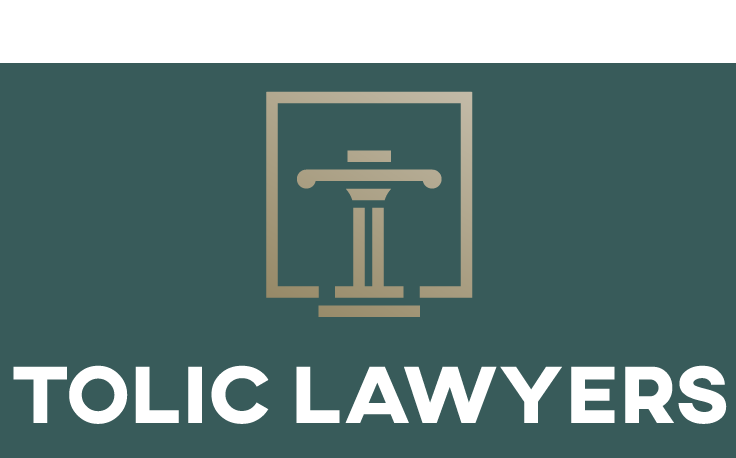If you’re an employer who has found a skilled employee from overseas, or an overseas passport holder who has found a skilled role in Australia, the TSS visa might be right for you.
The Subclass 482 Temporary Skill Shortage (TSS) visa is a temporary work visa category in Australia designed to allow employers to sponsor skilled workers from overseas when they cannot find suitable Australian workers to fill specific positions.
Subclass 482 Visa Streams
Short-Term Stream:
- Valid for up to two years (or up to four years if an International Trade Obligation (ITO) applies).
- Intended for occupations on the Short-Term Skilled Occupation List (STSOL).
- May be renewed onshore once, but does not generally lead to permanent residency.
- Meet the English language requirements are applicable (ie. Overall band score of at least 5.0 with a score of at least 4.5 in each of the test components.)
- Have at least 2 years full time work experience and relevant qualifications to the nominated occupation on the MLTSSL list
- have a relevant skills assessment if this is required for your occupation
Medium-Term Stream:
- Valid for up to four years.
- Intended for occupations on the Medium and Long-Term Strategic Skills List (MLTSSL).
- May lead to permanent residency through the Temporary Residence Transition (TRT) stream after three years.
- Meet the English language requirements are applicable (ie. Overall band score of at least 5.0 with a score of at least 5 in each of the test components.)
- Health insurance (Overseas Worker Health Cover – OVHC) is required for the sponsored employee and any family members.
- Have at least 2 years full time work experience and relevant qualifications to the nominated occupation on the MLTSSL list
- have a relevant skills assessment if this is required for your occupation
Labour Agreement Stream
To use the Labour Agreement stream, an employer must have negotiated a Labor agreement with the Australian government. These agreements are typically designed for situations where standard TSS visa requirements do not adequately address the employer’s needs.
- Customized Requirements: Labour agreements are highly customizable and can include provisions related to occupations, salary levels, and other criteria that may differ from the standard TSS visa requirements.
- Occupation Coverage: The occupations covered by a Labour Agreement can vary, and employers can negotiate to include specific occupations that align with their workforce needs.
- Salary and Conditions: Employers may negotiate terms and conditions, including salary levels, that differ from the market salary rate requirements of the standard TSS visa program.
- Training and Skilling Commitments: Employers may be required to demonstrate a commitment to training and skilling Australian workers as part of the Labour Agreement.
- Validity Period: Labour Agreements typically have a defined validity period of five years and they may be renewed or extended if the employer’s workforce needs persist.
- Eligible Workers: The Labour Agreement stream can be used to sponsor skilled workers, including those in occupations that are not on the standard TSS visa occupation lists.
- Ongoing Compliance: Employers who use the Labour Agreement stream are subject to ongoing compliance monitoring by the Department of Home Affairs to ensure that they meet the terms of the agreement.
General Eligibility Requirements for Sponsor:
- The sponsoring employer must be an approved standard business sponsor or accredited business sponsor.
- The nominated position must align with an eligible occupation on one of the relevant skilled occupation lists (STSOL or MLTSSL).
- The employer must meet certain requirements, such as market salary rate, and a commitment to training Australian citizens and permanent residents.
Nominated Occupation:
-
- The employer must nominate an occupation from the relevant skilled occupation list.
- The nominated occupation must align with the tasks and responsibilities of the position.
Genuine Position:
-
- The nominated position must be genuine and necessary for the business.
- The position should align with the nature and scope of the business’s operations.
Market Salary Rate:
-
- The salary offered to the sponsored employee must be consistent with the market salary rate for the nominated occupation.
- The terms and conditions of employment should be in accordance with Australian employment standards.
Labour Market Testing (LMT):
-
- In certain cases, depending on the occupation and circumstances, the employer may be required to undertake Labour Market Testing to demonstrate that no suitable Australian worker is available for the position.
- Labour Market Testing may involve advertising the position in specific ways to give Australians the opportunity to apply for the job.
Application Process:
- The application process involves three stages:
- Standard Business sponsorship application process
- Nomination by the employer
- Visa application by the employee
The employer must obtain approval for the standard business sponsorship and have lodged the nomination application before the employee can apply for the visa.
The employee must meet health and character requirements and provide relevant documentation to meet relevant requirements for subclass 482 visa.
Contact Us
Let our experts assist you navigate through the Australian employer sponsored migration process.
